As a student, I’ve noticed that the way we learn history often depends on who’s teaching it. Some voices and experiences are emphasized more than others. Ethnic Studies was designed to change that. The idea is simple yet powerful: By learning about different cultures, histories and perspectives, students can better understand the world and each other. But while the concept is promising, the way it’s being implemented across schools is raising concerns. Without a clear, balanced approach, Ethnic Studies can shift from education to ideology.
At its core, Ethnic Studies is meant to broaden students’ worldviews. Supporters argue that traditional history courses often overlook the contributions and experiences of marginalized communities. By filling these gaps, Ethnic Studies can help encourage empathy and give students a more complete understanding of the past and present.
In theory, it sounds like a necessary and long-overdue improvement. When it’s done well, the class can open minds and spark important conversations. However, the lack of standardization means that what students learn can vary significantly, not only from school to school, but even from classroom to classroom.
This inconsistency opens the door to personal bias. Some teachers bring strong ideological views into the classroom, which can turn lessons into activism rather than actual education. In certain instances, this has led to the spread of false or misleading information.
At Menlo-Atherton High School last year, a lesson about the Israel-Hamas conflict caused controversy. Teachers shared inaccurate historical details and political cartoons. This left many students feeling uncomfortable, especially those already affected by the ongoing war. However, it didn’t just make some students feel uneasy; it also shaped the perspectives of others in the class, influencing how they viewed the situation. The discussion, which wasn’t directly related to the course material at the time, only added to the tension. I wasn’t in that classroom, but hearing about it from friends and classmates showed me how quickly a lesson can turn divisive when teachers bring their own views into it.
Instead of promoting critical thinking, these versions of the class often present one-sided narratives that discourage questioning or alternative viewpoints. Students are left feeling alienated, especially when the curriculum focuses too much on oppression without space for nuance.
This approach is especially evident in the way privilege is often discussed in these classes. Many lessons reduce privilege to a checklist of characteristics, like race, gender or socioeconomic status, without acknowledging the complexity of individual experiences. When I took Ethnic Studies at my previous school, I noticed how this oversimplified approach could feel unfair and even harmful. Students who come from challenging backgrounds but fall into one of the so-called “privileged” groups began to feel misunderstood or dismissed.
Rather than bringing students together, many Ethnic Studies classes unintentionally create division. Overemphasis on historical injustices, particularly if and when lessons make students feel like they bear responsibility for events of the past, can lead to resentment rather than understanding.
Additionally, students have reported feeling like the material repeats what they’ve already learned in other classes without offering deeper insight or new perspectives. When that happens, the subject loses its impact.
That doesn’t mean that Ethnic Studies should be abandoned. In fact, it’s likely that NDB will have this course in the near future, as more California schools offer the class. But for it to succeed at NDB, and anywhere, it needs careful planning and execution.
A clear, research-based curriculum is essential. Teachers need proper training to handle sensitive topics without bias. Most importantly, the focus should be on celebrating diverse communities and recognizing resilience, not reducing history to a simple power struggle.
As NDB prepares to introduce the course, the school has a chance to set a strong example of what a successful Ethnic Studies class looks like.

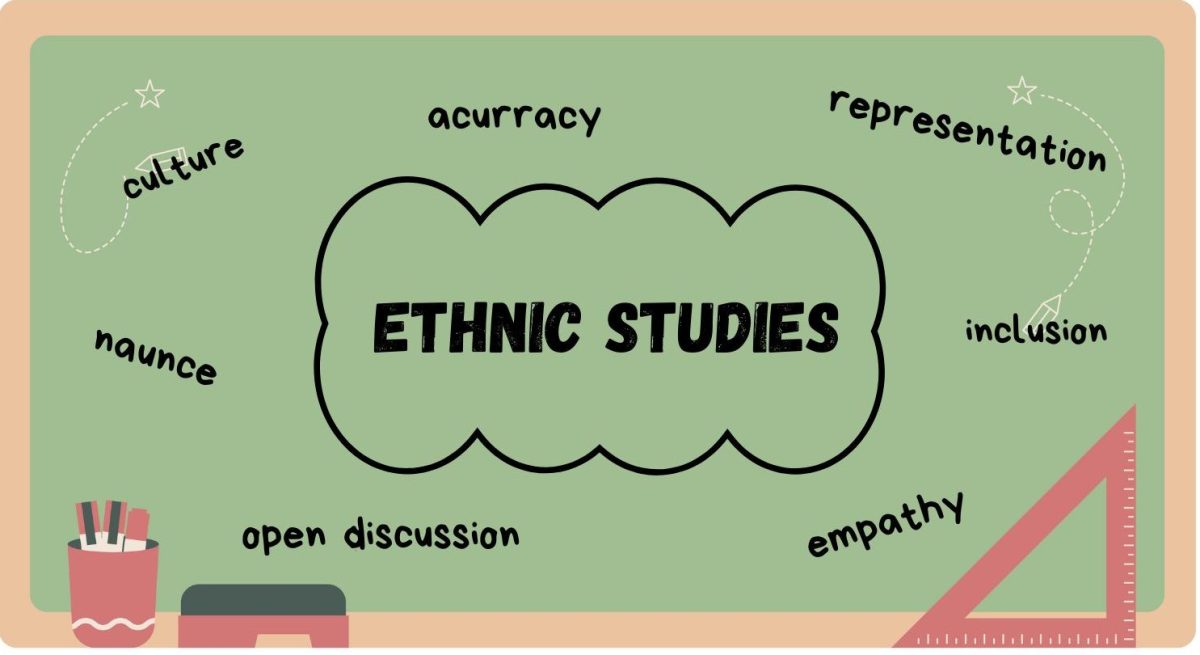
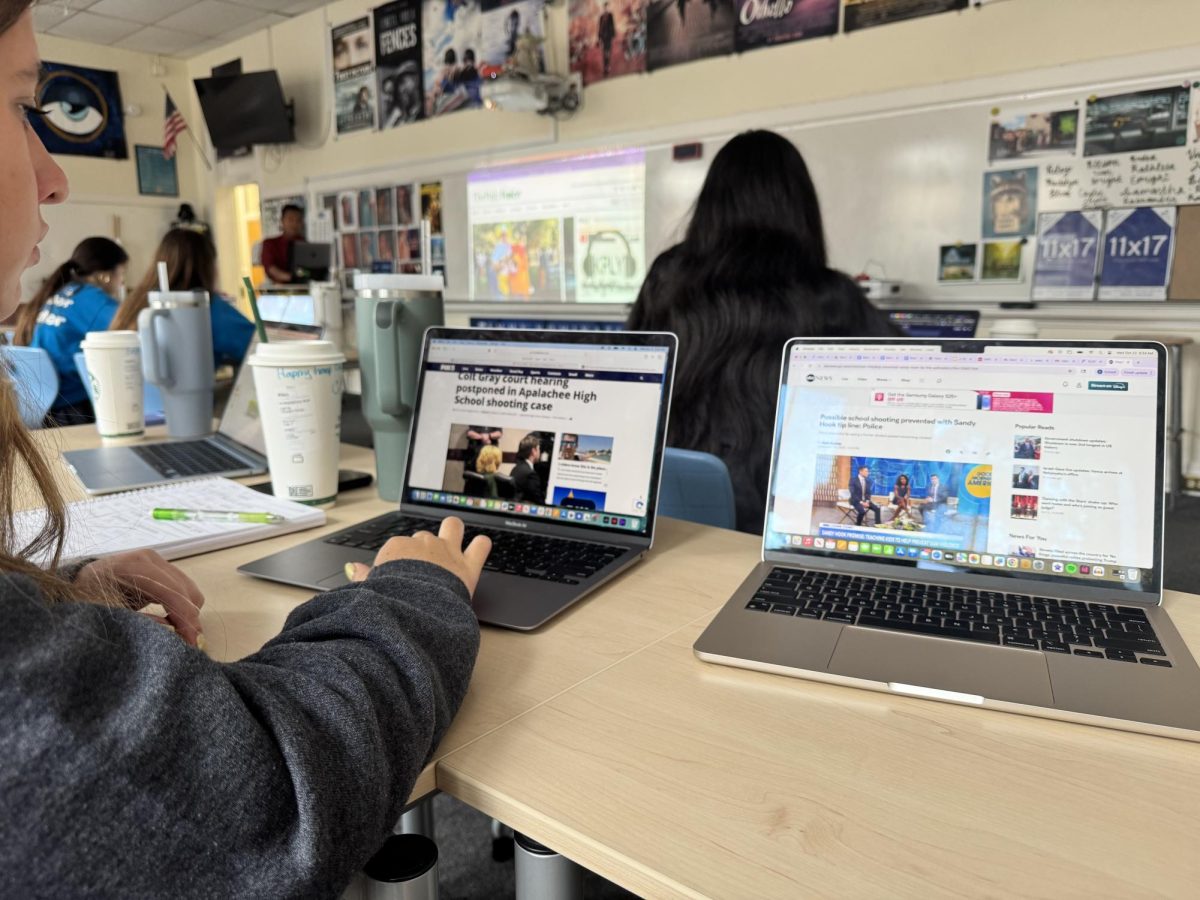
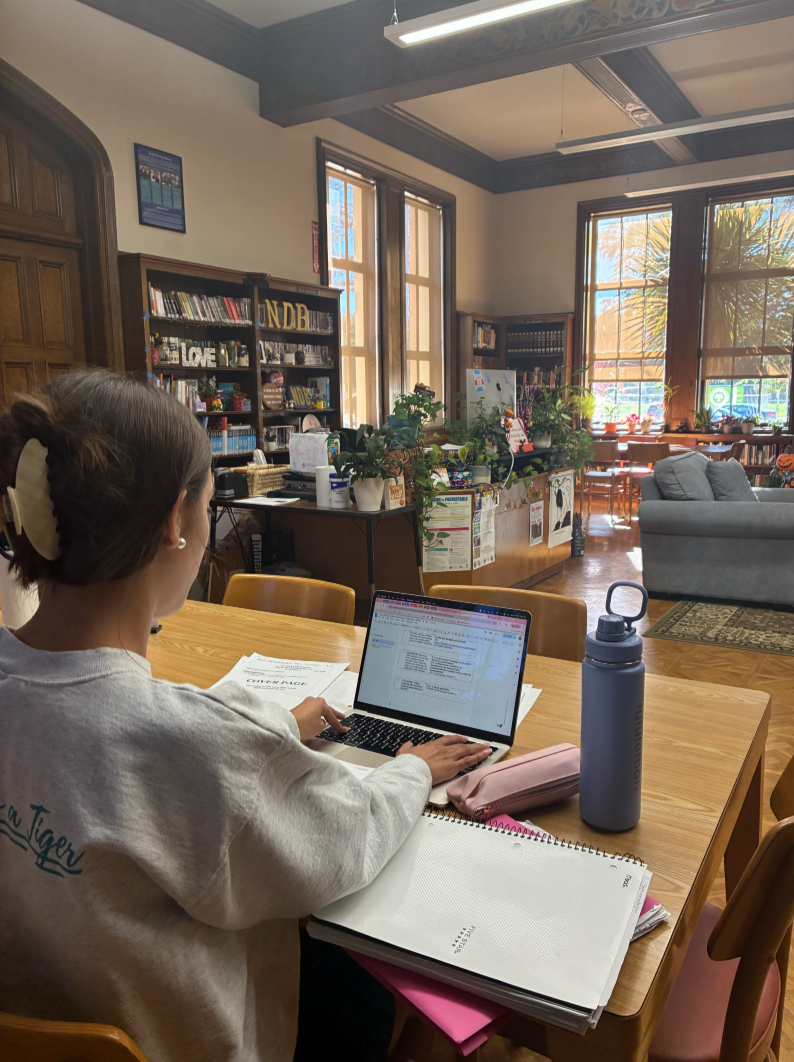

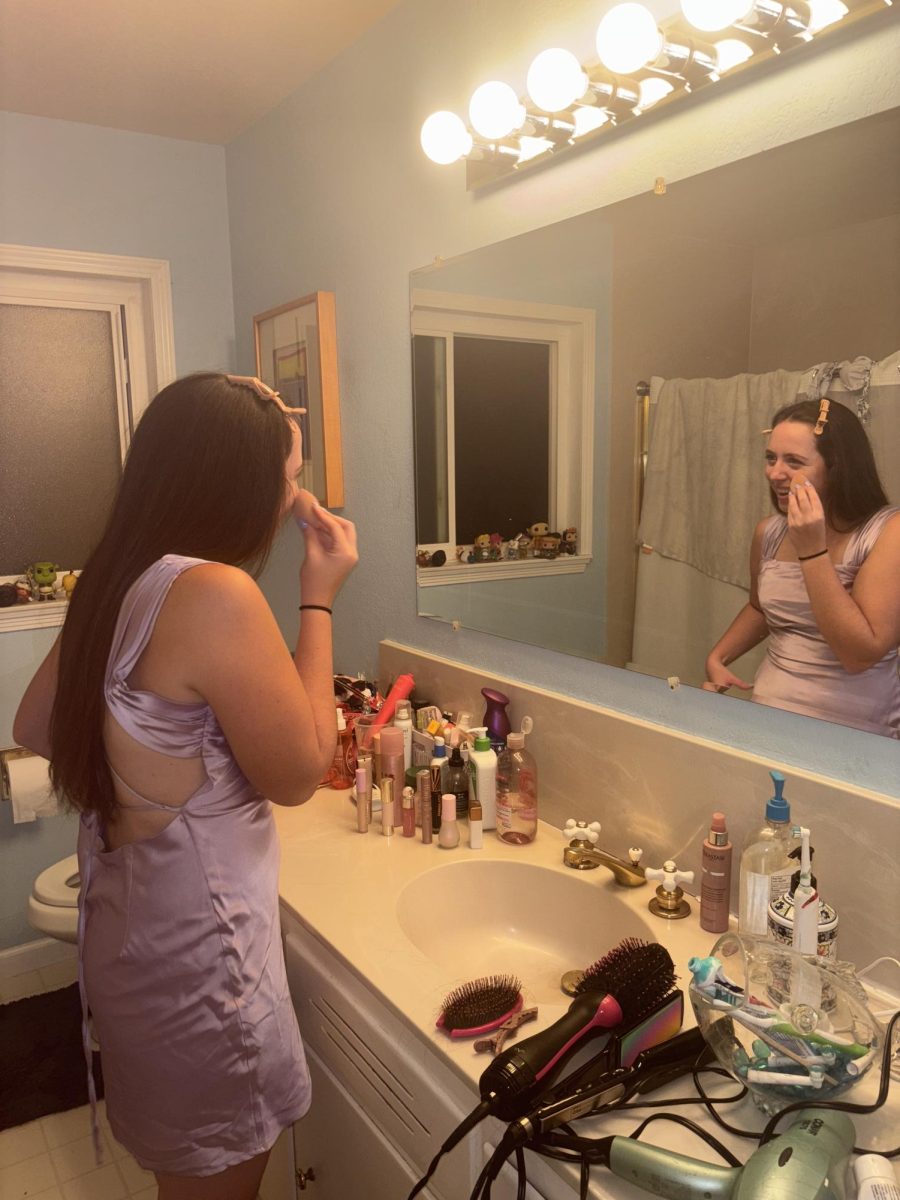
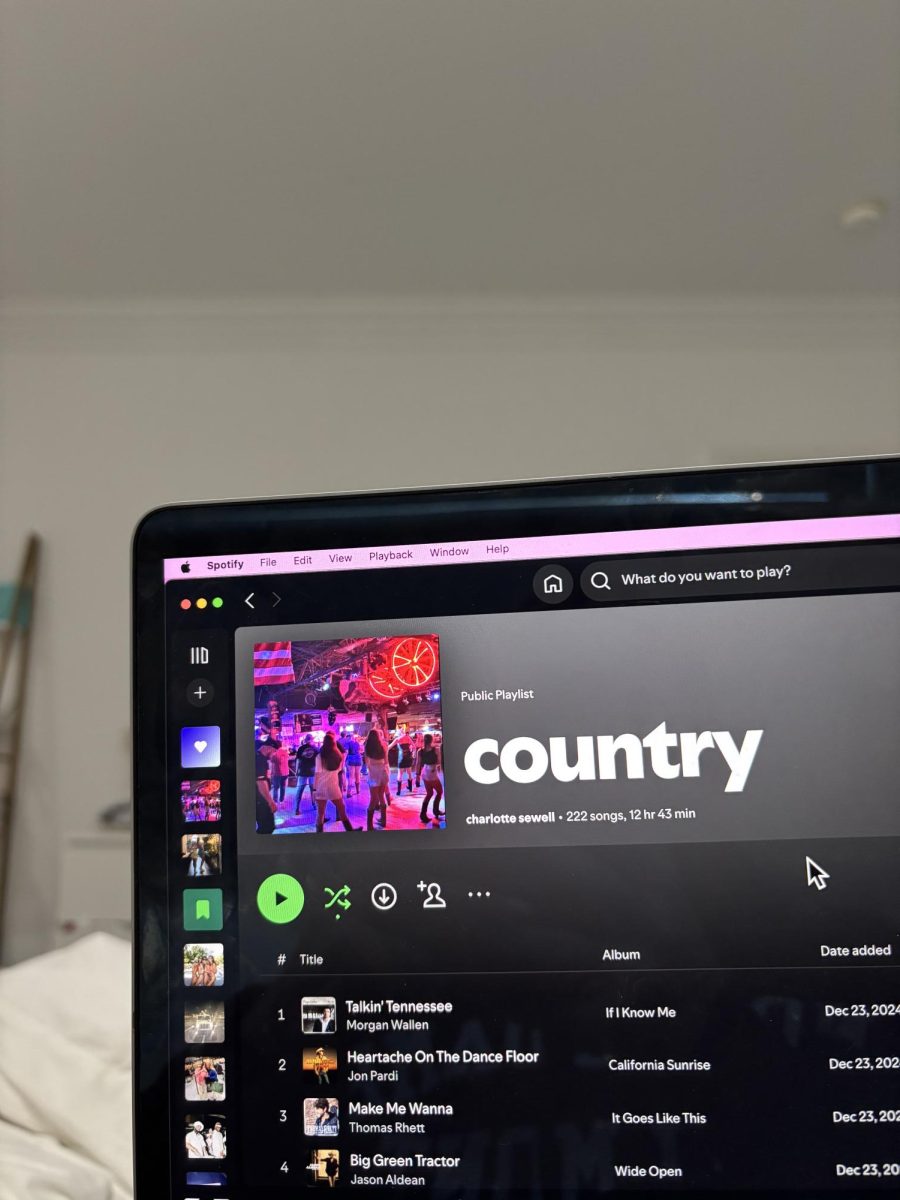
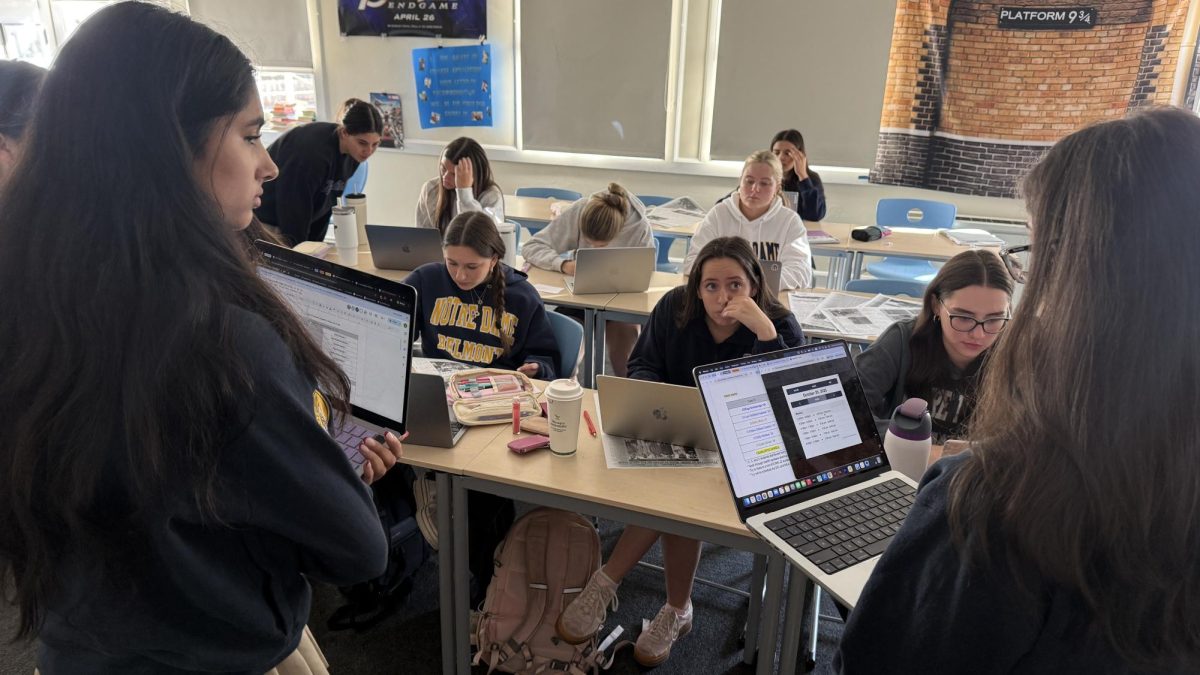



Nic Smith • May 27, 2025 at 10:01 am
Thoughtful analysis! You hit the nail on the head.